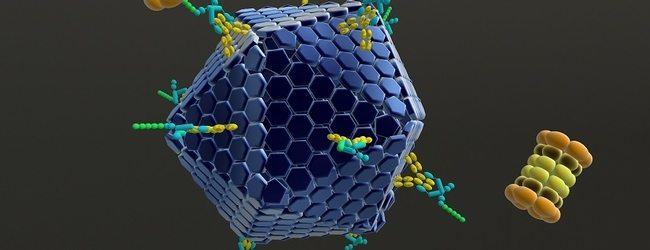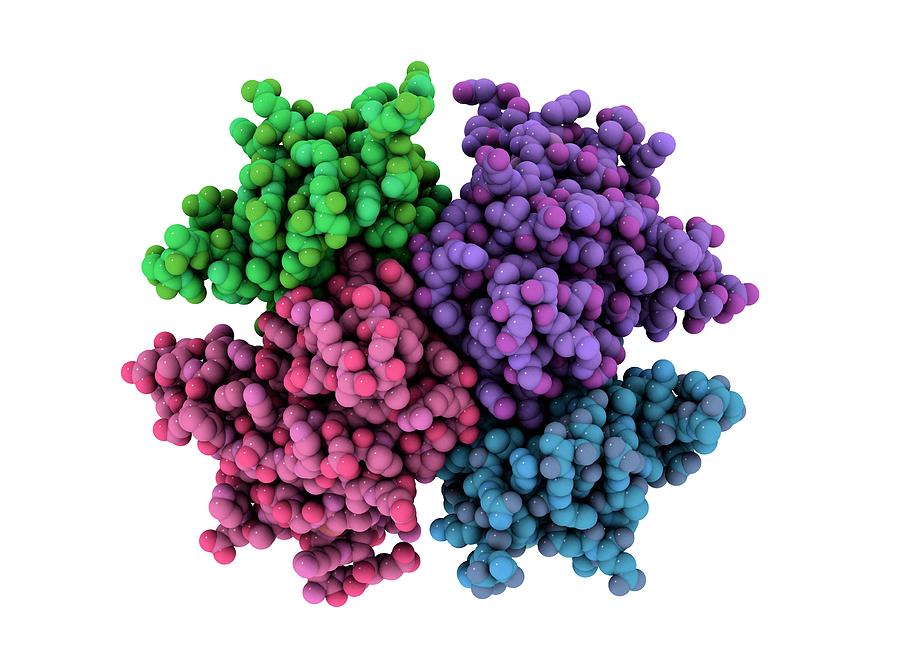Scientists “Trim-Away” Proteins to Analyse Its True Function
All the cells in our body contain thousands of proteins, molecular machines which carry out almost all biological processes that are essential for life. Many diseases, such as cancer and neurodegeneration, are caused when these protein machines go wrong.
To study the function of a protein, researchers remove it from the cell and subsequently analyze the consequences. The two methods they could typically use currently are genome editing by CRISPR/Cas and RNA interference.
However, their influence on protein amounts is indirect and takes time.
Therefore, to combat this deficiency in the technique, Scientists from Germany and the UK now present a new method, called Trim-Away. The technique directly and quickly depletes proteins from any cell type in culture. As Trim-Away can also distinguish between different variants of the same protein, it opens up new opportunities to understand the role of proteins in disease.
Scientists at the Max Planck Institute for Biophysical Chemistry in Göttingen (Germany) and the MRC Laboratory of Molecular Biology in Cambridge (UK) have developed this novel method, “With Trim-Away, it is possible for the first time to directly target almost any protein in any type of cell,” states Melina
Schuh, Director at the MPI for Biophysical Chemistry. “It is very simple to use and removes proteins within minutes. This is much faster than anything you can achieve with genome editing or RNAi – with these techniques, it typically takes many hours or even days to deplete a protein. This gives the cell time to develop mechanisms to compensate for the loss, which sometimes masks the actual effects. Moreover, genome editing and RNAi are unsuitable for studying long-lived proteins or proteins in primary cells. With Trim-Away, we can now close this gap.” “We can now take basically any cell from the body and rapidly destroy proteins inside this cell, allowing us to immediately study the effects on cellular processes,” adds first author Dean Clift.The new technique in discussion exploits a recently discovered protein called TRIM21 with a remarkable ability to target molecules for destruction and recycling. Central to the new technique is a protein that had been discovered in Leo James’ lab at the MRC LMB: Trim21. Trim21 recognizes antibodies which enter the cell attached to viruses.
What makes TRIM21 so adaptable is that it uses antibodies to select its targets, meaning that any protein in the cell, irrespective of its size, shape or molecular properties, can be degraded by TRIM21.

In Trim-Away, antibodies are delivered into cells, either by direct injection or by giving cells an ‘electric shock’. The antibodies bind their specific protein target within the cell, are recognised by TRIM21, and then destroyed within minutes. Some cell types contain sufficient TRIM21 for effective protein destruction, or additional TRIM21 can be added to facilitate protein removal. The scientists demonstrated the success of this new technique in removing a variety of proteins from a range of cell types.
“When we first identified Trim21 as an antibody receptor over ten years ago and subsequently showed how efficiently it destroys viral proteins we realized it could be a powerful tool if retasked against cellular proteins. However, the results are even more remarkable than we could have imagined,” James says. This also holds true for Trim-Away’s applicability to long-lived proteins and primary cells, which are cells that are taken directly from a tissue.
Another application is in macrophages, a type of white blood cell: “Macrophages are completely inaccessible to genome editing or RNAi because they are particularly good at recognizing foreign DNA and RNA, which are central components of those techniques”, James explains. “With Trim-Away it is now possible to deplete proteins from macrophages to study their function in this specific cell type.”

Dr. Nathan Richardson, MRC head of molecular and cellular medicine, commented: “The ability to directly target and knockdown specific proteins and study the effect within live cells is an important development and will be a key tool to allow scientists to better understand that protein’s role in normal and disease states. Applying this technique in cells taken from clinical samples and non-dividing cells that are currently intractable to existing knockdown techniques is particularly exciting, as are the potential opportunities to develop this technique as a new therapeutic approach.”
The scientists showed that Trim-Away can be used to remove the disease-causing variant of huntingtin from tissue culture cells while leaving the “normal” variant unscathed. “Of course, getting this to work in cell culture is something completely different than curing the disease,” Schuh emphasizes. “A therapeutic application is still far-off. But our work may open up new avenues for treating diseases with antibodies in the future.”























